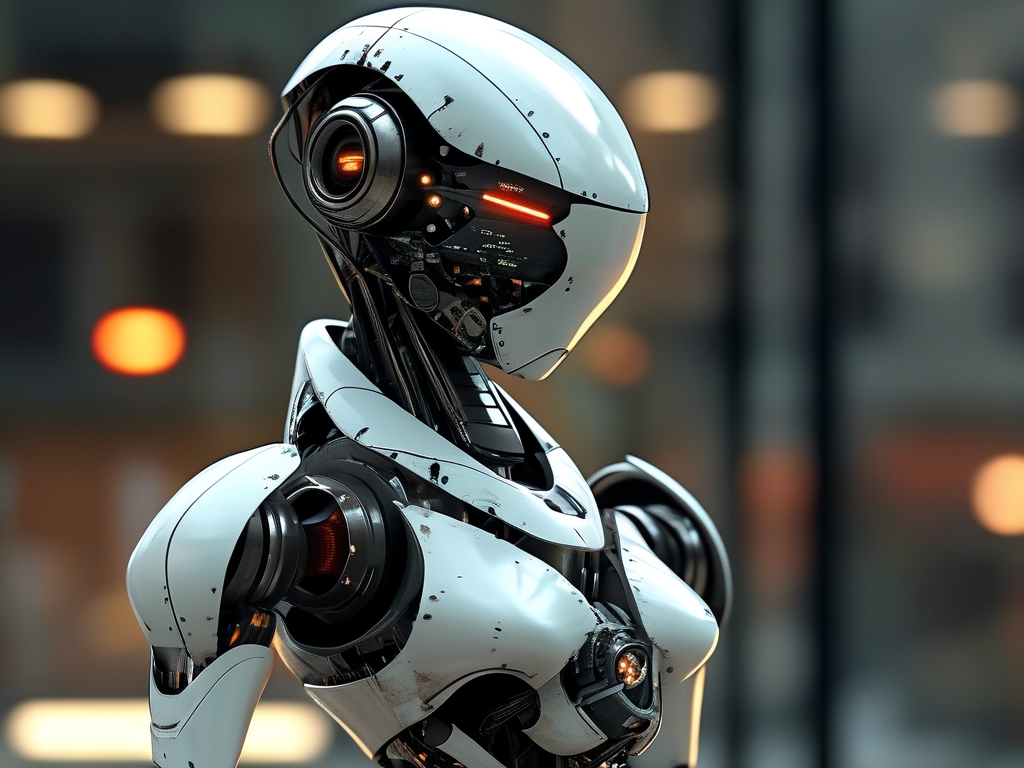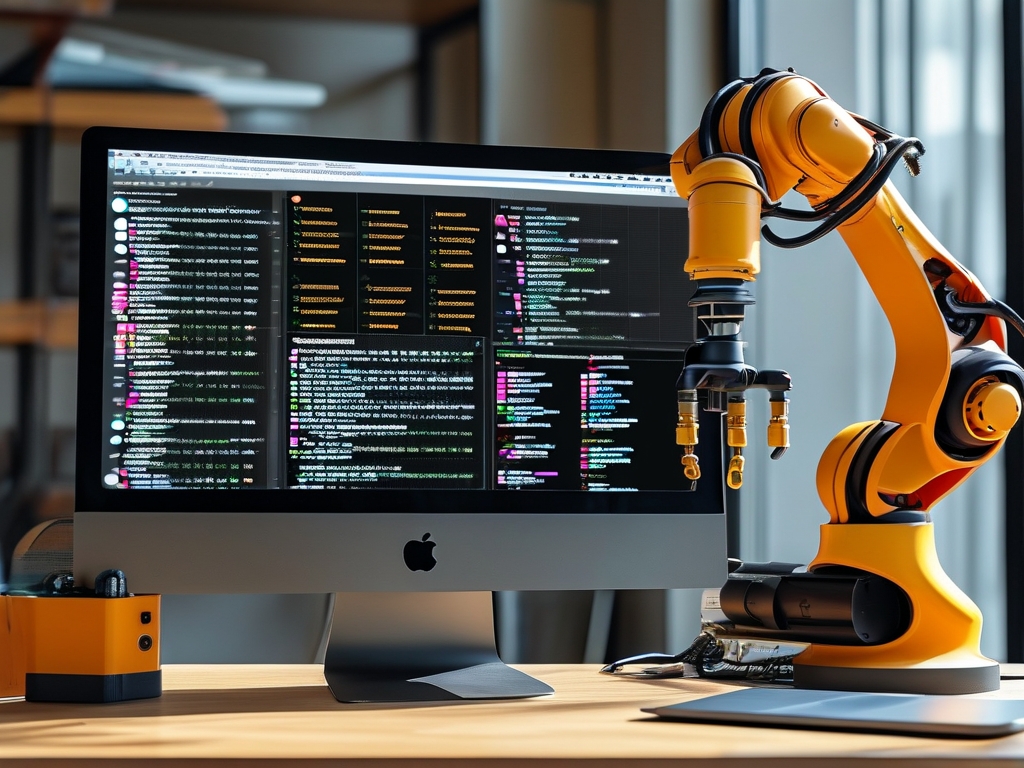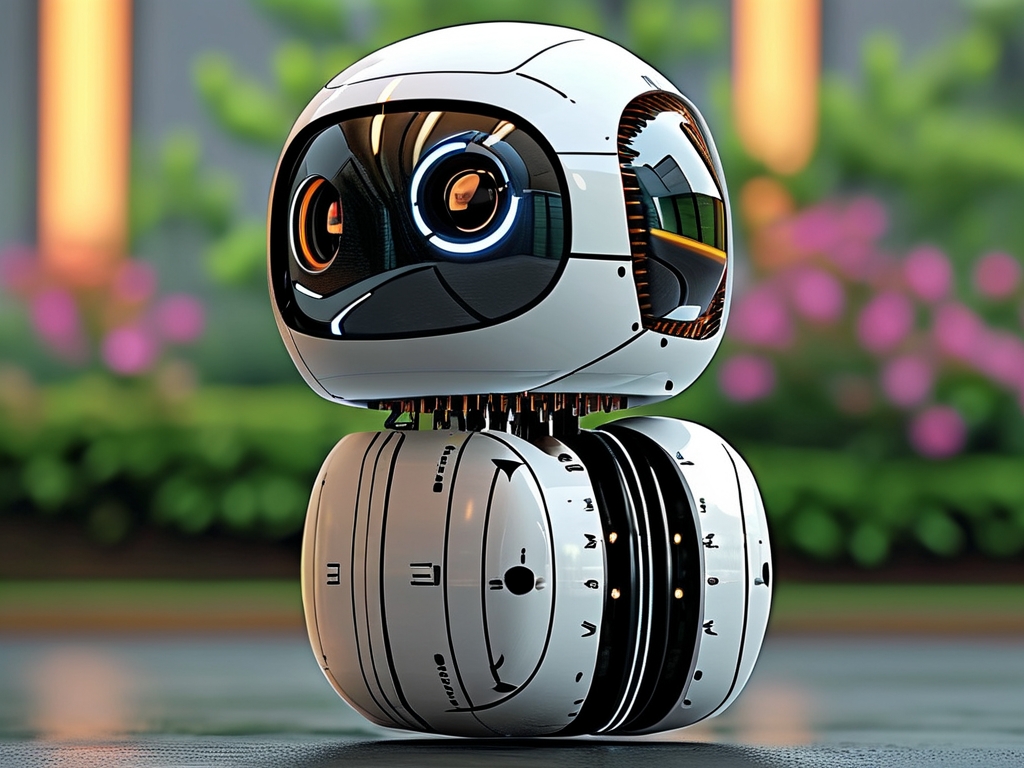The intersection of robotics and biology has long fascinated scientists, engineers, and futurists. Recent breakthroughs in bio-inspired robotics—technologies that mimic biological systems—are revolutionizing industries, from healthcare to environmental conservation. By studying nature’s ingenious designs, researchers are developing machines that move, adapt, and interact with unprecedented efficiency. This article explores the latest advancements in robotic biomimicry, their real-world applications, and the ethical implications of this rapidly evolving field.

The Science Behind Biomimetic Robotics
Biomimetic robotics draws inspiration from millions of years of evolutionary optimization. From the aerodynamics of bird wings to the tactile sensitivity of octopus tentacles, nature offers a treasure trove of solutions to engineering challenges. Key areas of innovation include:
- Locomotion: Researchers have replicated the undulating motion of fish to create underwater drones for marine exploration. MIT’s “RoboBee,” inspired by insect flight, uses artificial muscles to hover and maneuver with precision. Similarly, Boston Dynamics’ “Spot” robot mimics canine agility to traverse rough terrain.
- Sensory Adaptation: By mimicking the neural networks of animals, robots now possess enhanced environmental awareness. For example, “electronic skin” embedded with pressure sensors enables prosthetics to detect texture and temperature, while vision systems modeled on insect compound eyes improve object detection in low-light conditions.
- Material Innovation: Self-healing polymers, inspired by starfish regeneration, allow robots to repair minor damages autonomously. Shape-memory alloys replicate the flexibility of plant tendrils, enabling robots to reshape themselves for specific tasks.
Breakthroughs Redefining Possibilities
Soft Robotics: The Rise of Squishy Machines
Traditional rigid robots struggle with delicate tasks, but soft robotics—a subfield inspired by octopuses and jellyfish—offers a paradigm shift. Harvard’s “Octobot,” a fully autonomous soft robot, uses pneumatic channels to mimic cephalopod movement. Its silicone body can squeeze through gaps as narrow as 2 cm, making it ideal for search-and-rescue missions.
Swarm Intelligence: Learning from Ants and Bees
Swarm robotics replicates collective behaviors seen in insect colonies. The EU-funded “Swarms” project deployed drone fleets that communicate like bees to map disaster zones. These systems prioritize decentralized decision-making, ensuring resilience even if individual units fail.
Neuromorphic Engineering: Bridging Biology and AI
Neuromorphic chips, modeled on the human brain’s neural architecture, enable robots to process information with human-like efficiency. Intel’s “Loihi” chip, for instance, learns from environmental feedback in real time, allowing robots to adapt to dynamic scenarios—such as adjusting grip strength when handling fragile objects.
Transformative Applications
Healthcare Revolution
Surgical robots like the “Da Vinci System” already enhance precision in operations, but biomimetic advancements are pushing boundaries. Micro-robots inspired by bacteria can navigate the bloodstream to deliver targeted cancer therapies. Meanwhile, exoskeletons mimicking human musculature assist patients with mobility impairments.
Environmental Conservation
Bio-inspired robots are tackling ecological crises. The “SoFi” robotic fish, developed by MIT, monitors coral reefs without disturbing marine life. Drones modeled on bats use echolocation to map deforestation areas, while “TreeBot” climbers plant seeds in deforested regions.
Disaster Response
After earthquakes or nuclear accidents, snake-like robots such as “Sarcos Guardian” slither through rubble to locate survivors. These machines combine thermal imaging and gas sensors—capabilities inspired by predator-prey dynamics in nature.
Space Exploration
NASA’s “LEMUR” robot, designed to scale rock walls like a gecko, recently aided in collecting samples from Mars-like terrains. Future missions may deploy swarm robots inspired by termites to construct habitats on Mars autonomously.
Ethical and Societal Challenges
While bio-inspired robotics promises immense benefits, it raises critical questions:
- Job Displacement: Autonomous robots could disrupt industries like agriculture and manufacturing, necessitating policies for workforce reskilling.
- Privacy Risks: Drones with animal-like stealth capabilities might enable invasive surveillance.
- Ecological Impact: Deploying robotic species in ecosystems risks unintended consequences, such as disrupting food chains.
Regulatory frameworks must balance innovation with accountability. Initiatives like the EU’s “AI Act” aim to classify robots by risk level, ensuring ethical deployment.
The Future: Where Biology Meets AI
Emerging trends suggest a fusion of biomimicry and artificial intelligence. For instance, “living robots” like Xenobots—AI-designed organisms built from frog cells—blur the line between life and machine. Meanwhile, researchers are exploring DNA-based data storage to create robots with “evolutionary” memory.
By 2040, bio-inspired robots could achieve symbiosis with humans, aiding in tasks from household chores to interstellar travel. However, this vision hinges on interdisciplinary collaboration among biologists, engineers, and ethicists.
The breakthroughs in bio-inspired robotics mark a pivotal moment in technological history. By decoding nature’s playbook, we are not only building smarter machines but also gaining deeper insights into life itself. As this field advances, society must steer its trajectory thoughtfully—ensuring that these innovations serve humanity while preserving the natural world that inspired them.



